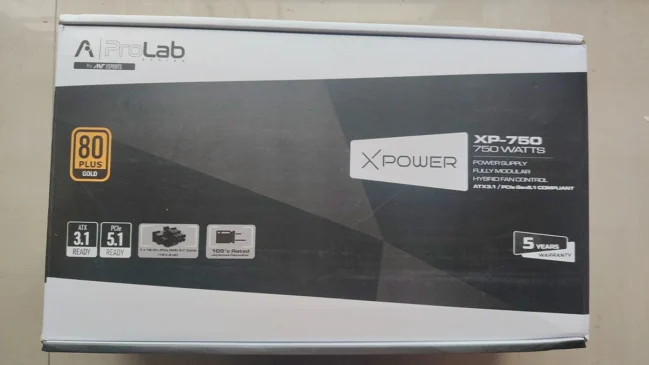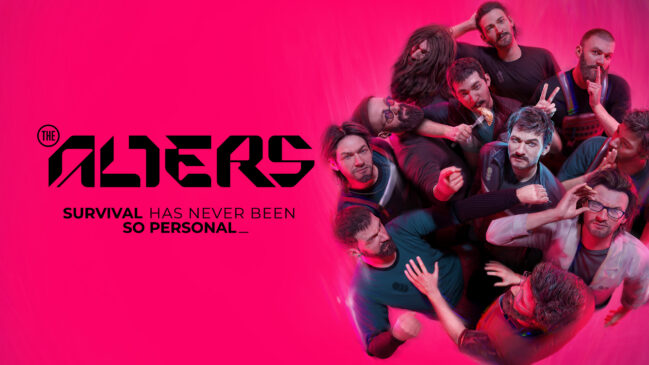
Introduction
With many companies going for a diversified portfolio, not everyone could do it as effortlessly as Kingston. They are one of the oldest companies in the PC business but they have limited themselves mainly into memory-based products, until recently.
However, a few years back, they decided to venture into the unknown and included gaming peripherals like mouse and keyboards. The initially came out with the Alloy FPS, which was a huge success due to its fresh approach. After the initial release, they released a few more peripherals like audio devices and mice and gradually established a foothold. Today what we have in hand is the latest offering from the HyperX peripherals lineup, The Alloy Elite RGB keyboard.
At first look, the keyboard looks like the Alloy Elite that HyperX released a year ago. However, there more to the Alloy Elite RGB than just some LEDs. We have advanced programmability options and improved software solutions to justify the price tag.

The keyboard comes in a hard cardboard package. the artwork is simple and colourful to emphasize the RGB. Two extra stickers indicate the switch type and keyboard layout.

.HyperX has included eight extra silver colour “gaming” keycaps along with a key puller. Four of the keycaps (WASD) are textured, while the other four (1234) are not. We also find some support documents inside the box. A full-sized palm rest is also included.
Close Look At The Alloy Elite RGB
The keyboard comes with the classic standard-height keycaps floating above the top aluminium cover design. A close look reveals that the top part housing the media keys and volume scrollers are plastic but it melds well with the otherwise aluminium casing.

The Alloy Elite RGB has standard 104 keys design that fully adheres to the ANSI layout, with a 6.25× space bar and seven 1.25× bottom row keys. The etching is found on the top part where the led is.
On top of the board, there are seven low-profile buttons and a sound volume control wheel. one the top left we have two buttons for the on the fly lighting and profile control and one for game mode. On the right, we have the media keys along with a volume scroller. there are three indicative LED’s on the left side below the scroller and HyperX logo, two are for the classic “caps lock” and “num-lock” and one is for “game mode”. Rounding up, HyperX provides one USB pass through on the back of the keyboard where the F key is for input devices. The bottom side of the keyboard has four anti-skid rubber pads and two angled legs to give a bit of elevation. A little bit of design is seen here also but sadly no one ever looks at the bottom of the keyboard, do they?
HyperX is using genuine Cherry MX RGB switches in the Alloy Elite RGB, we were supplied with the Red linear switches, but the model itself is available with red, blue or brown switches. The RGB version comes with clear housing which helps in diffusing the light better.

The lighting in the keyboard is exceptionally applied with bright colours and excellent distribution. The keycaps are clear and bright, and HyperX has included something called the Light Bar near the top where the metal and plastic part meet. The bar as such has no purpose currently, but with future software updates, the possibilities are endless.
The RGB setup is controlled by NXP LPC11U35F microcontroller. It’s a bit controller that can run up to 50 MHz and has 64KB of flash memory. Not the fastest controller around, but certainly up for the task of handling HyperX Alloy Elite RGB.

Software
HyperX names the software solution “Ngenuity”. While the software is marketed mainly as “programmable LED software”, it’s not limited in its scope. Instead, you can program every aspect of the Alloy Elite RGB keyboard including remapping/reprogramming of every key. It holds three profiles on its onboard memory but can hold a lot more locally. We had around 50+ profiles stored in our systems.

The layout of the software is simple. The initial menu is supplemented by several submenus and options.

The first page is self-explanatory, allowing a selection of locally stored or onboard profiles or its creation. Each created profile can be linked with a game which again has its default colour profile highlighting the essential keys.
After profile creation, it can be edited further. Clicking on the “customize” button brings up a new set of options for lighting. The lighting can be pre-programmed (effects), or divided in “zones”. The third freestyle options are where one can completely remap and play with the per-key lighting options of the Alloy Elite RGB. The program is versatile albeit a little bit slow at times, but it should sate the most nitpicking user.
Next up we have macro programming tab, where we find two options: key assignment and macro programming. The key assignment tab where you can remap or disable any key and the macro programmer is very simple but easy to configure. It does the job, but advanced macro programmers might be a tad disappointed.
Hands-On Experience
Keyboard generally goes through a very rigorous testing regime here Techarx. I use the keyboard as my daily driver for a fortnight. The typical usage scenario consists of long periods of writing (around 100+ pages), a moderate amount of gaming, and casual internet usage. While my favourites are cherry black switches for daily drivers, the Cherry MX Red in this keyboard suited me just fine. These keys lack the tactile feedback but that translates into a lower sound signature. This is probably the only keyboard I will personally use in an office environment.
Coming to gaming, this keyboard performs as per spec. The Alloy Elite RGB is perfect for long gaming sessions where the low actuation force helps not stressing the user’s hands and wrists. The keyboard responds very well to all types of games which requires repeated keystrokes.
Final Words
HyperX adds more improvement to any product they release. The Alloy FPS Pro was an exceptional keyboard while being portable and highly suitable for LAN parties. Then came the Alloy Elite, which was its big cousin without the RGB. Then came Alloy Elite RGB, which added the RGB lighting, per-key programming and profile support, both onboard and local.
The build quality is exceptional as expected form a HyperX product. The keys are plastic but the addition of steel plating makes it a very sturdy keyboard. Am not saying you can take it to the war on Sundays, but you will have an option if push comes to shove and you will be very comfortable with it.
HyperX’s latest addition to its keyboard lineup is absolutely brilliant. While on its own it’s not groundbreaking per se, but the mere presence of the product has helped in knocking down the average price of all the other competitors in the market. The overall feature set along with the quality makes the product very desirable.
A gold from us after a very long time!

















